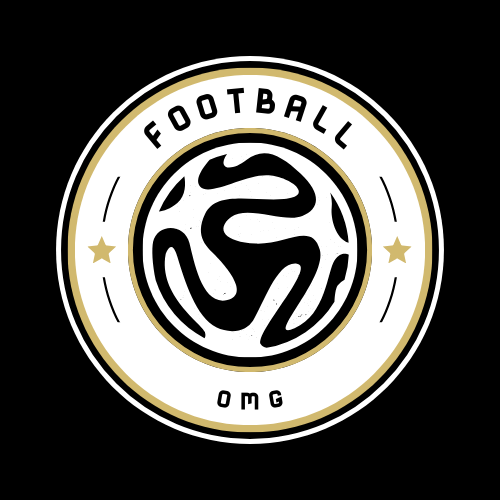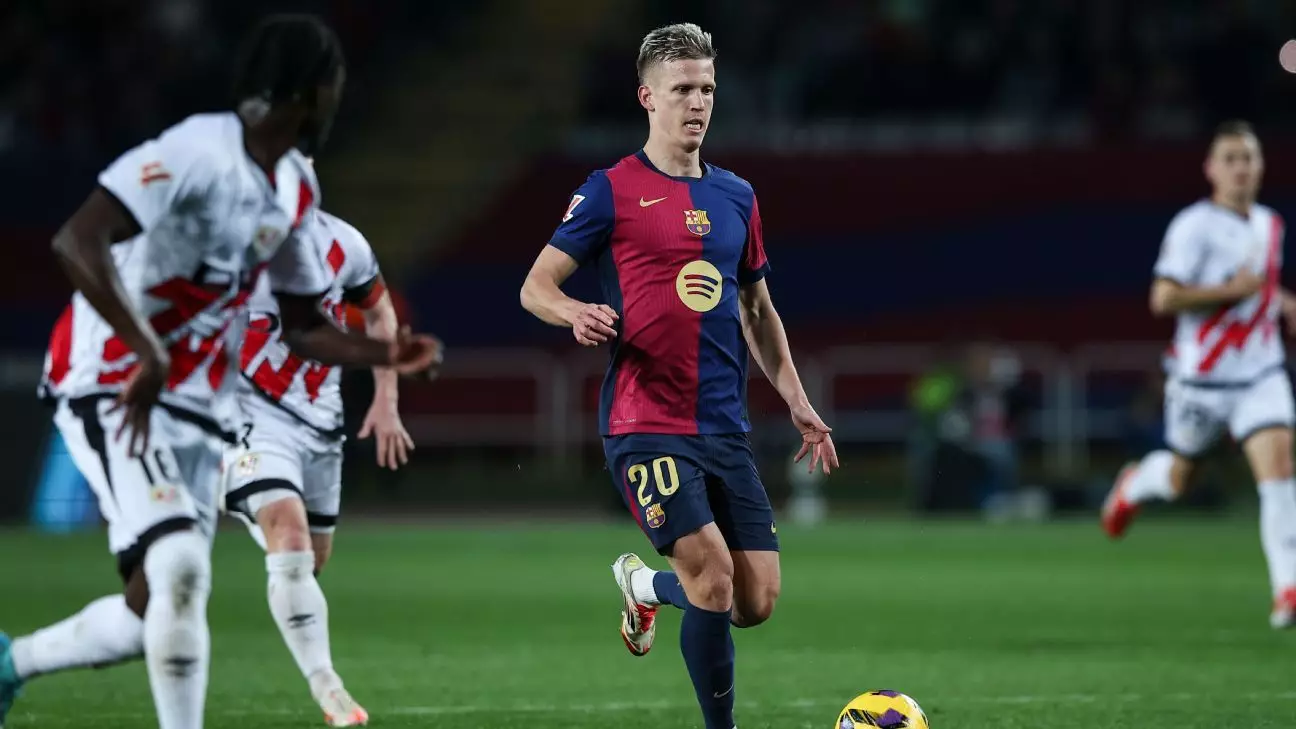FC Barcelona, a titan of European football, has been maneuvering through turbulent financial waters over the past few seasons. However, recent developments indicate a significant turnaround in their fiscal landscape. LaLiga has officially announced that Barcelona’s spending cap has risen to over €463 million (approximately $483.7 million), thanks to strategic financial maneuvers and new revenue streams. This increase reflects a nearly €40 million improvement compared to the start of the season, showcasing Barcelona’s recovery from a financial abyss where their limit was dramatically slashed to a mere €204 million just a year prior.
The key catalyst for this remarkable rebound seems to stem from innovative financial strategies, particularly the lucrative deal involving the sale of 475 VIP seats at Spotify Camp Nou. These seats were sold for a maximum of 30 years to two investors from the Middle East, generating around €100 million in total. Such moves signal not only a commitment to a sustainable economic future but also underline the club’s long-term vision despite facing harsh realities in recent years.
Financial instability has been a widespread issue in football, and LaLiga is no exception. In the present landscape, Barcelona’s spending cap remains the second-highest in the league, trailing only behind Real Madrid, which boasts a significant cap of €755 million. Following Barcelona, Atlético Madrid, Real Sociedad, and Villarreal register lower limits, at €314 million, €160 million, and €135 million, respectively. This hierarchy reflects not just the financial acumen of the clubs but also underscores Barcelona’s unique challenges and recent recovery.
Conversely, lower-tier clubs like Sevilla have faced severe financial constraints, with their cap plummeting from €2.5 million to an alarming €684,000. This drastic reduction profoundly impacts their ability to navigate the transfer market effectively, exemplifying the stark contrast in fiscal health among LaLiga clubs. Such disparities act as a broader commentary on how financial mismanagement can plague even historically rich clubs if not addressed timely.
The mechanics of the spending cap are clear yet complex. Primarily determined by the difference between a club’s revenue and its non-sporting expenditures, alongside debt repayments, the spending cap delineates what clubs can allocate towards player wages, bonuses, and amortization on transfers. Crucially, this cap establishes a framework that aims to maintain financial fairness within the league, although it may inadvertently stifle clubs struggling to meet their limits, as witnessed with Sevilla.
Moreover, LaLiga’s 1:1 rule allows clubs like Barcelona, which are now compliant with their financial obligations, to spend 100% of any funds they generate or save. This rule presents an exciting opportunity for Barcelona to bolster their squad and pursue strategic acquisitions that align with their ambitions for both domestic and European competitions.
Despite the positive outlook, the club is not entirely out of the woods yet. Recent complications surrounding player registrations for Dani Olmo and Pau Víctor add a layer of complexity to Barcelona’s financial narrative. LaLiga, alongside the Spanish Football Federation (RFEF), has indicated that Barcelona failed to meet a crucial December 31 deadline to validate compliance with their spending cap, leading to the unregistration of these players.
The situation took on a legal dimension as Barcelona contested this decision, and an injunction was granted by Spain’s sports ministry, the Consejo Superior de Deportes (CSD). This move has provided a temporary relief, but it highlights the vulnerability of even a club with Barcelona’s stature when navigating regulatory landscapes that enforce stringent financial protocols.
Barcelona stands at a significant crossroads, with the path forward fraught with both challenges and opportunities. Though recent financial changes signal a burgeoning recovery, ongoing compliance issues and regulatory hurdles underscore the importance of prudent management and strategic planning in sustaining their financial renaissance. As the club continues its quest for stability, the eyes of fans and analysts alike will be glued to how Barcelona adeptly manages its resources and navigates through a competitive landscape, aiming not just to reclaim its former glory, but to emerge as a model of financial resilience in modern football.

